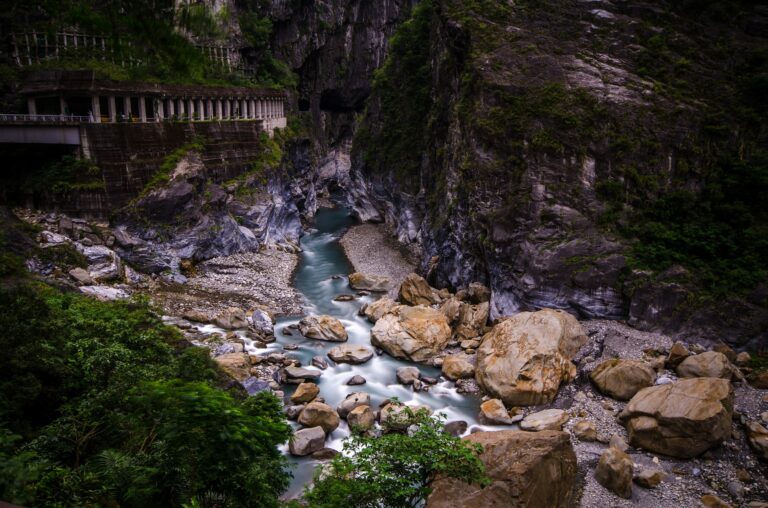A large-scale research project is endeavouring to understand the complex relationship between landslides and CO2 emissions in order to understand their impact on the climate.
The project is taking place in Taiwan’s Taroko National Park, a landslide hotspot, and is being undertaken by researchers from the GFZ German Research Centre for Geosciences in Potsdam, Science Mag reports.
According to the online publication the research team will monitor landslides in the national park in order to gain a better understanding of what triggers them. But a wider goal of the project is to gain insight into landslides’ hidden role as chemical reactors, sometimes sequestering CO2 and sometimes releasing it into the atmosphere.
This is linked to landslides’ role in chemical weathering, the interaction between water and rocks freshly exposed to erosion. Chemical weathering can either produce or sequester CO2 depending on the chemical components of the rocks involved.
Landslides, meanwhile, speed up chemical weathering by bringing underground rocks to the surface and by grinding rocks into smaller pieces, thereby increasing their surface area.
As part of the project the team will construct a $600,000 observatory that will include more than 120 sensors spread across hundreds of square miles of national park.
Seismometers and cameras will monitor landslides, which are so common in the park that Taroko officials routinely hand out safety helmets to visitors for free. The research will help scientists understand not only what triggers landslides but also how landscapes recover.
For example, a devastating 7.6-magnitude earthquake that struck central Taiwan in 1999 led to a 20-fold increase in landslides near the quake’s epicenter.
This is not surprising, since it is well-known that earthquakes increase the likelihood of landslides by weakening the ground in the regions where they strike.
More surprisingly, landslide rates returned to normal a few years later, suggesting that the ground had somehow re-stabilized itself.



